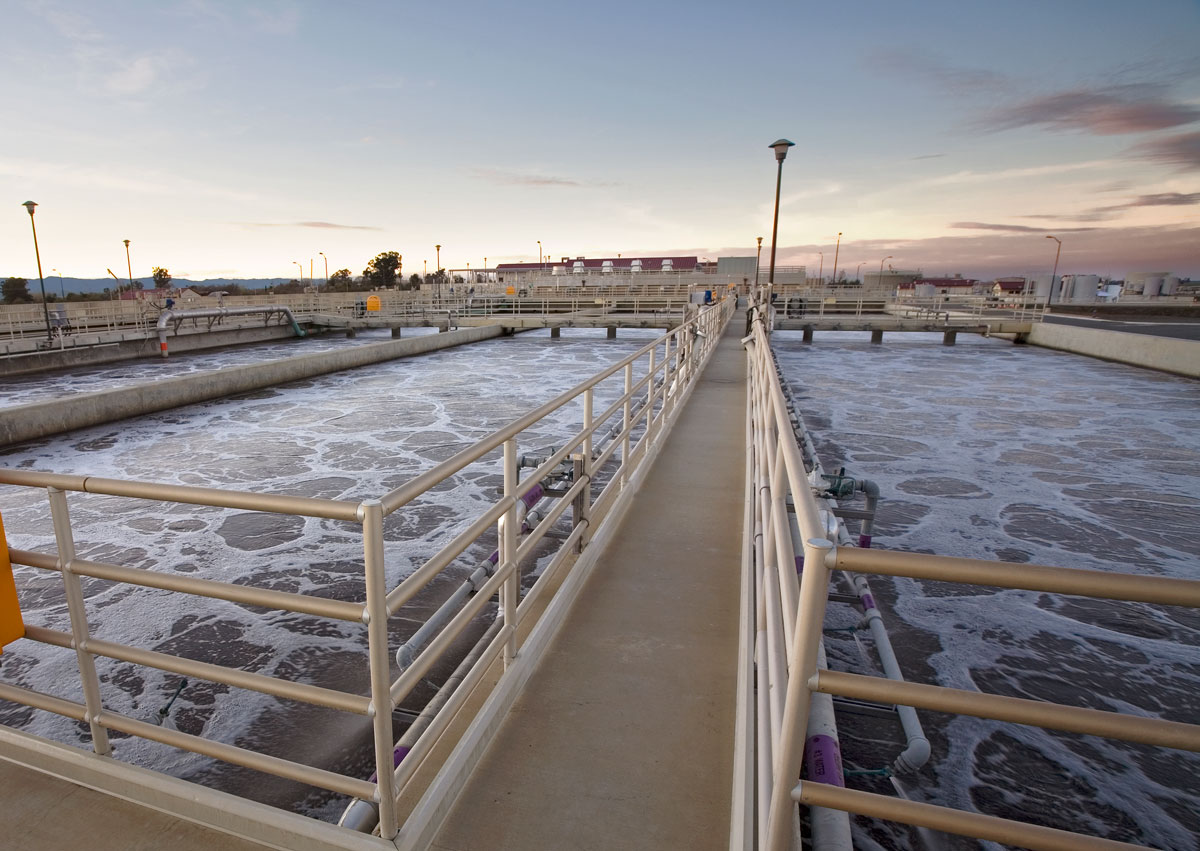
Photo by Paul Cockrell
The State Water Resources Control Board (State Water Board) recently updated the regulated community and the public on the Board’s statewide investigation to study and sample potential sources of per- and polyfluoroalkyl substances (PFAS). The State Water Board’s investigation is aimed at public agencies involved in drinking water and wastewater treatment, as well as private entities involved in manufacturing or other industries where PFAS may have been used in various products and/or processes.
At its April 5 meeting, State Water Board reiterated its intent to eventually incorporate PFAS monitoring requirements into permits, including National Pollutant Discharge Elimination System (NPDES) permits, and ensure state pretreatment program compliance is consistent with U.S. Environmental Protection Agency (USEPA) PFAS effluent limitations guidelines (ELGs) and/or other PFAS treatment requirements. In addition, the Division of Drinking Water (DDW) has already issued approximately twenty (20) permits for the treatment of PFAS in drinking water sources, and thirty (30) additional permits are in the works.
This is especially noteworthy as public health goals (PHG) for perfluorooctanoic acid (PFOA) and perfluorooctane sulfonic acid (PFOS)—two of the more prevalent PFAS compounds—are still being developed and because the State Water Board must set maximum contaminant levels (MCLs) or drinking water standards as close to the applicable PHG as is economically and technologically feasible. Indeed, some Board members were surprised, but encouraged with the number of PFAS treatment permits that DDW has issued in light of the uncertainty surrounding PFAS treatment and the timeline for the State Water Board to eventually adopt MCLs.
By way of additional background and as we originally reported, on March 6, 2019, the State Water Board first announced its investigation to evaluate PFAS. At the time, the State Water Board indicated that it would be studying and requiring sampling from several potential municipal and industrial sources of PFAS. The State Water Board followed its announcement with the issuance of several rounds of investigative orders targeting potential sources including: airports and landfills (March 2019), chrome plating facilities (October 2019), publicly owned treatment works (POTWs) or wastewater treatment facilities (July 2020), and bulk fuel storage terminals and refineries (March 2021). At the same time, DDW also issued a variety of monitoring orders to public water systems including: public water systems with wells adjacent to airports and landfills (March 2019), a General Order to public water systems (August 2020), as well as a General Order to public water systems near U.S. Department of Defense facilities (February 2021).
State Water Board staff also reported its finding that over 50% of the industrial sources in wastewater are potential sources of PFAS including: automatic vehicle washing, fabricated metal products, industrial laundries, electronic manufacturing, airports, landfills, military facilities, fire training centers, paper manufacturing, and textile manufacturers. However, staff explained that the highest concentrations of PFAS in wastewater are tied to aqueous firefighting foam (AFFF) and leachate from airports and landfills, respectively.
In addition, staff noted that significant PFAS data gaps still exist and have yet to be addressed. These data gaps include concentrations of PFAS from bulk fuel terminals and refineries (the underlying data is still being submitted pursuant to the investigative order), as well as information on the presence of PFAS in surface water and sediment (e.g., the presence of PFAS at surface water intakes along major rivers in California). Although USEPA has identified approximately 10,000 different types of PFAS compounds, only about forty (40) can be properly detected or analyzed using USEPA analytical methods.
Finally, staff outlined upcoming federal and state actions regarding the further assessment, monitoring, and treatment of PFAS. Later this year, USEPA plans to issue the final version of USEPA Method 1633 for analyzing certain PFAS compounds in non-drinking water. The State Water Board expects to finish its PFAS source investigation by 2024. In addition, although the Office of Environmental Health Hazard Assessment is expected to issue final PHGs for PFOA and PFOS later this year, final MCLs are not expected until 2025.
For additional information about the State Water Board’s efforts to study and investigate PFAS, please contact Downey Brand.
This story was originally published by Downey Brand. Reprinted with permission.